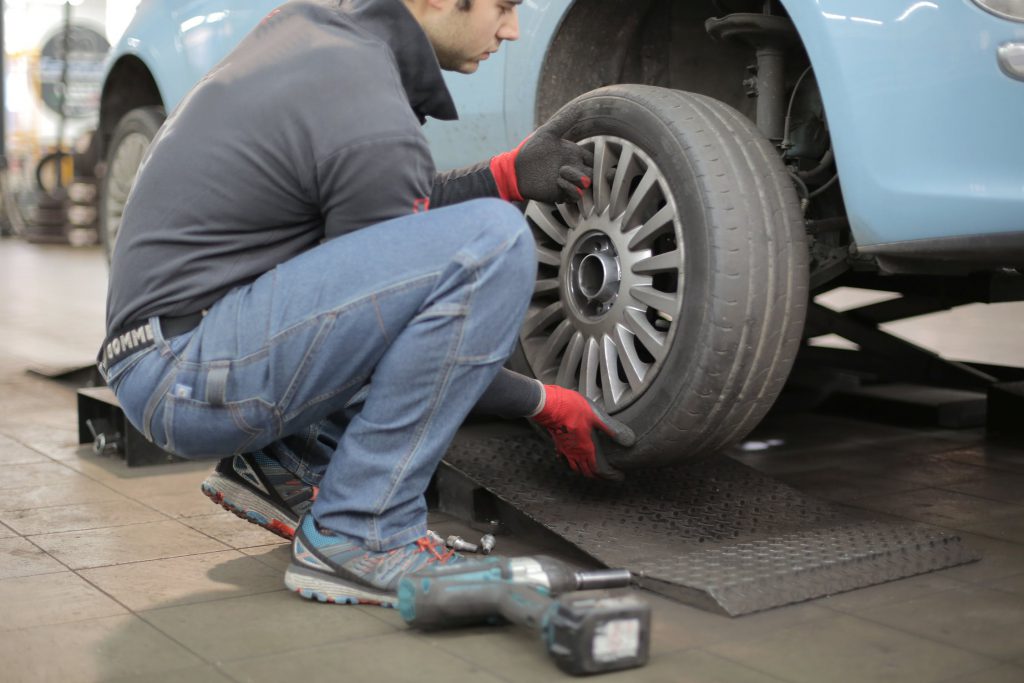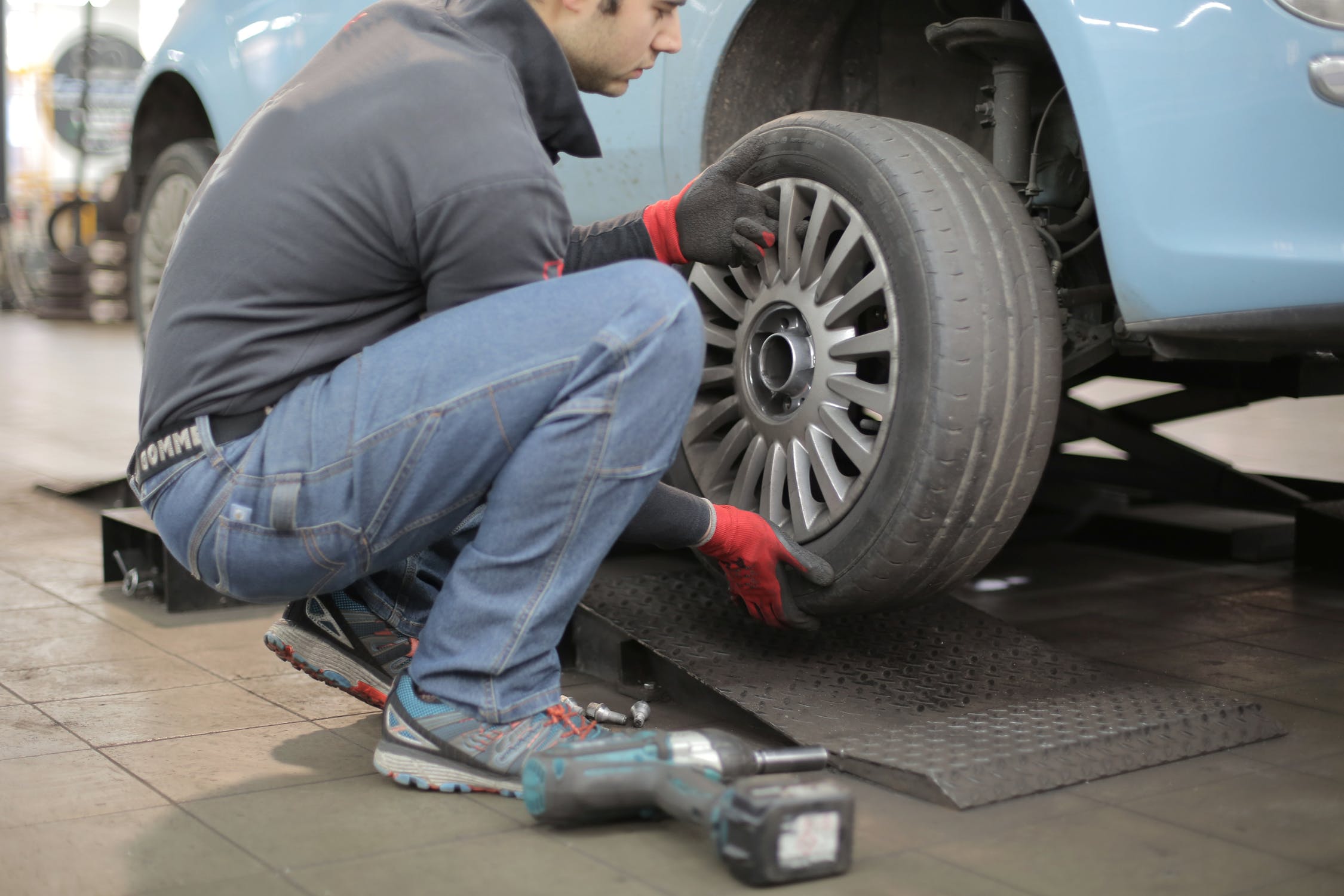Because of the pandemic, millions of individuals have been forced to work from home. Some have been laid off, and others are avoiding travel entirely due to safety concerns. However, our vehicles are still aging.
If you leave your vehicle parked for a lengthy period, you run the danger of the battery draining, the tires deflating, the rubber on your wipers and belts drying up, and even the possibility of insects moving into your engine compartment.
Why is Maintenance Needed?
It is easy to forget about your vehicle at this point if you are one of the millions of people without a job or working from home. Anyone who does not have a proper job or is currently working from home rarely needs a vehicle.
When a vehicle is left idle for long, its battery loses power. On the other hand, the vehicles seem to be gradually losing their capacity to start as many of us engage in social or physical isolation. One or two weeks is acceptable, but leave your vehicle sitting for a month (or a few months), and you run the risk of facing trouble starting your vehicle.
If your tires are not used, air can leak and cause low pressure, leading to various issues, including an increased chance of an accident. Keeping an eye out for any of these things is important while dealing with an idle vehicle.
It is easier than ever to put off necessary tasks like vehicle maintenance since everyone is balancing life more than they ever have before. You should have your vehicle checked out if you plan to rely on it for an emergency, even if it is in excellent working condition.
A visit to the mechanic requires little in the way of human interaction. Most mechanic shops go above and beyond to ensure the safety of their customers.
Here are some car maintenance tips you can follow to keep your car in excellent condition.
Steps to Keep your Vehicle on Running Conditions
You can keep your vehicle running smoothly during the pandemic by following these simple guidelines.
Cleaning
It is crucial to clean the interior or exterior of the vehicle properly to keep it in excellent condition.
Interior
Seats, floor mats, storage places, and dashboard controls are the parts of the car’s interior that get the most wear and tear. Also, do not forget the cupholder. Many people have dropped beverages when trying to remove them from the cup holder because the cup became trapped there. The trunk has to be cleaned as well. As long as it is not filthy, it does not need to be flawless, but it must be clean enough to avoid ruining your bags.
Do not forget that cleaning the inside of a vehicle is not only about making the ride more enjoyable. It is also an important part of preventative maintenance.
Exterior
Elements such as insects, bird feces, and gravel damages the exterior paint of your car. Collisions with exteriors are common with all of them. Paint-eating insects, grime, and road dust can damage the windows, making the paint more vulnerable.
Cleaning the vehicle regularly will extend the life of the paint and save money in the long run. Even if keeping the paint in good condition is not a top concern, cleaning the windshields is critical for driver safety. Driving is much riskier when there are visual obstructions.
Check for Pests
If you leave your vehicle idle for an extended period, mice, rats, and spiders can make it their new home. Inspecting the engine compartment and wheel wells for signs of rat damage, such as chewed-up belts or wiring. You can use mint as a natural repellent to keep rodents away.
Try using a spray (scented) to keep them away from your vehicle. If you see spiders in your automobile, do not be alarmed. A day or two is all it takes for spiders to die in a vehicle. You can put a sticky trap for cockroaches (or any other creepy crawlies) in your vehicle to trap them and then throw it away.
Maintaining the Battery
Your car’s battery might be depleted from staying idle for a long period, which indicates that the voltage has diminished and is no longer at its maximum functioning capability. According to experts, you should drive your automobile at least 20 minutes a week to extend its battery life.
You should check the vehicle’s manual if your car’s battery dies. Jump-starting a modern vehicle can wreak havoc with the pricey computers in the vehicle’s electronics. It is best to detach the batteries if you know you will not be driving them for a long period.
Replacing Oils and Fluids
Check your car’s fluids regularly, including engine oil, transmission fluid, brake fluid, and radiator fluid. Leaving your vehicle for lengthy periods can cause oil to settle and gasoline to separate, resulting in engine issues. Driving the vehicle to warm up the oil reduces the amount of moisture, which prolongs the engine’s life.
Engine Oil
When it comes to engines, oil is one of the most important fluids. Oil lubricates moving elements such as the crankshaft, the camshaft, and the pistons to reduce friction. As oil degrades with time and loses its effectiveness, it must be replaced regularly. Every 3000 to 5000 miles was previously the standard period for oil changes.
However, because of the wonders of modern technology, that figure is now closer to every 7500 to 10,000 miles. Double-check the owner’s handbook before scheduling oil changes, particularly if your vehicle is older or you have not driven it much in a while.
Transmission Fluid
Transmission fluid helps the gears mesh together smoothly while the vehicle is changing gears. When the transmission fluid is faulty, driving might become inconsistent and difficult.
Modern automobiles transmission fluid lasts a long time, which is good news for car owners.
A “lifetime” transmission fluid is now available for selected vehicles. Transmission fluid should be replaced at intervals ranging from 30,000 to 100,000 miles. Use your owner’s handbook to find out when to change the transmission fluid of your vehicle.
Brake Fluid
When a driver applies the brakes, the fluid in the lines compresses, causing the brake pads to clamp down on the rotors and slow the vehicle down. If the brake pedal feels “spongy” or moves lower than usual, it is most likely due to air bubbles in the brake lines or a contaminant in the brake fluid.
Bleeding air bubbles from the brake lines is the best technique to solve a leaky brake fluid system. Most individuals can do it at home, but having a mechanic can save a lot of time and energy.
Radiator Fluid
Radiator fluid, commonly known as antifreeze or coolant, extracts heat from the engine and dissipates it via the radiator. However, radiators might lose fluid over time because of leakage or other issues. Having a low radiator fluid level causes the engine to overheat, damaging the vehicle’s engine. Coolant levels should be checked and replaced as required. The system should be flushed at least every 40,000 to 50,000 miles.
Replacing Tires
Driver’s comfort and safety are both directly related to the condition of the tires. Consider the following if your vehicle has been left idle for quite a while.

Air Pressure
Tires deflate with time. As a result, the car’s performance can fall. A bumpier ride and a more fragile set of tires can be caused by under or over-inflated tires. Tires that are under or over-inflated might wear out unevenly, reducing their lifetime.
In most vehicles, the owner’s handbook specifies how much air to put in the tires. Check the tire pressure every 1000 miles while driving to check whether it has to be refilled. Temperature variations can also impact tire pressure, so be careful to recheck your tire pressure after a major shift in the temperature.
Tire Rotation
Even if the tires are properly inflated, uneven wear and tear might occur. Tires wear out at varied rates depending on the weight distribution, suspension calibration, driving behaviors, and road conditions.
Tires last longer if they are rotated from front to back and right to left. Tire rotation can help extend the life of a tire by reducing the amount of wear and tear in various places. Tire rotations should be performed every 4000 to 8000 miles, or anytime the tread on one tire begins to wear down.
Tire Replacement
“The penny test” is a simple way to tell whether it is time to replace your tires when they are showing signs of wear. With Abraham Lincoln looking outward, insert a penny into a tire tread groove. If you can still see Lincoln’s head, it is time to get new tires.
According to their type, quality, and usage, tires can last anywhere between 25,000 and 50,000 miles. However, punctures, exposed cables, or sidewall bulges might need a quick replacement.
Auto Mechanics
Sadly, the vehicle repair sector is full of con artists. People looking to make a quick buck from unsuspecting vehicle owners are everywhere. So, if you cannot handle it yourself, locate a reputable mechanic or vehicle repair shop.
Find a Licensed Expert
An impartial organization like the BBB should accredit a decent vehicle repair company. Look for independent certifying organization grades of “A+” or “Blue Star.” If a firm has a negative rating, avoid it.
Good Auto Shops
The status of a mechanic’s shop is frequently stated to reflect their service quality. If a car repair business is unorganized, busy, dirty, or cramped, the service level will be just as bad. A few oil spills and stains are not a deal-breaker, but the business should seem neat and properly maintained. That shows the mechanics value their profession and security.
Check the Reviews
Online consumer feedback has altered company responsibility. Reviews provide valuable information regarding a shop’s quality. The reviews are speculation, but they can be a useful overall indication. It is a good indicator if a mechanic has many favorable reviews.
Conclusion
Driving your vehicle at least two times a month will help extend the life of your battery by at least 10%. To fully recharge your battery, drive it for at least 20 minutes rather than just cranking the engine. If any issues might worsen in an emergency, now is the time to address them.
Be on the lookout for unusual noises like squeals or clanking. Inspect the oil and coolant levels in your automobile. Make sure you have enough petrol to go to and from a medical institution.
All necessities are an adequately charged battery, an engine that does not overheat or stall often, and a gearbox free of severe issues. Having a well-maintained automobile is an essential part of a crisis response strategy for everyone.



